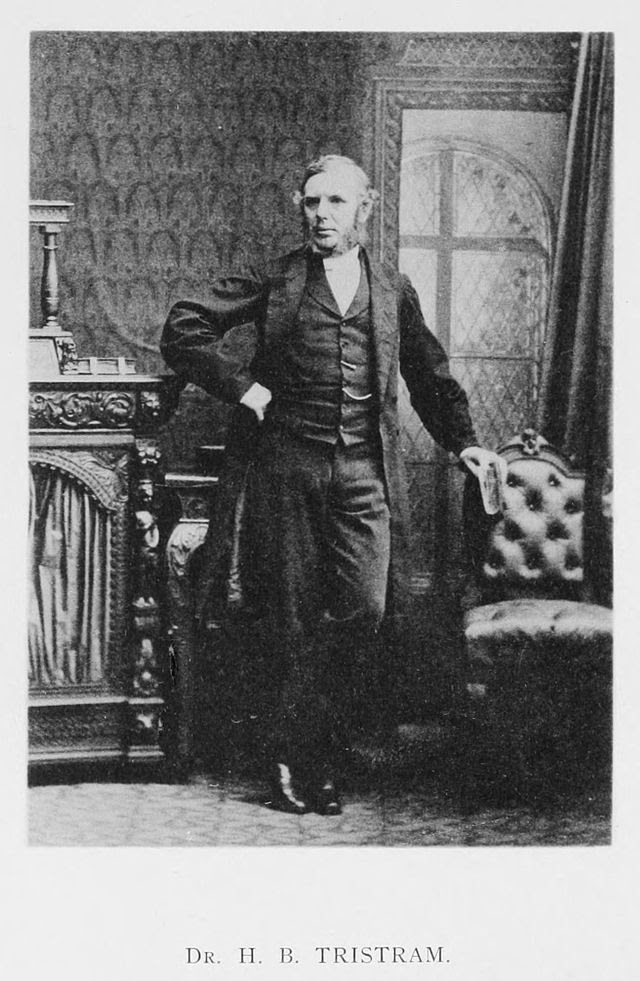© Copyright Russel Wills and
licensed for reuse
under
this Creative CommonsLicence.
You don’t have to meander through the history of
Northumberland for very long before you stumble over the terms bastle, pele
tower and fortified house. The raiding Scots and the fraught inter-family
feuding saw to it that anyone who had anything worth stealing would do their
best to keep out the wandering baddies with the construction of these
stone-built strongholds.
Hepburn Bastle, though, is a curious affair. Situated at the
southern end of Chillingham Park
Its dimensions are impressive. It measures 16.6m by 10.8m,
is still three levels high despite being a ruin for an awfully long time and
sports walls which are 2.7m thick at basement level. The ground floor comprises
a barrel-vaulted basement with a later fireplace in the north wall – almost as
if it was originally used (as in a bastle) to protect livestock, then later
converted for human use – and at the east end a doorway leads to a mural
chamber. The first floor has/had three rooms, each with a fireplace. The attic
level, now minus its roof, has traces of fireplaces, windows and a window seat.
Both the upper floors had their windows added after the Border region had
quietened down somewhat – and were connected by a spiral staircase.
Though it is now known as Hepburn Bastle the original name was almost certainly Hebburn or
Heburn – as is evidenced by its description in a 1715 survey as “a handsome
house bellonging to Robert Heburn, esq.” (the ‘p’ was, we think, somewhat
mysteriously introduced by the Ordnance Survey). The structure appears to have
fallen from use around 250 years ago after the last Hebburn male heir died.
















